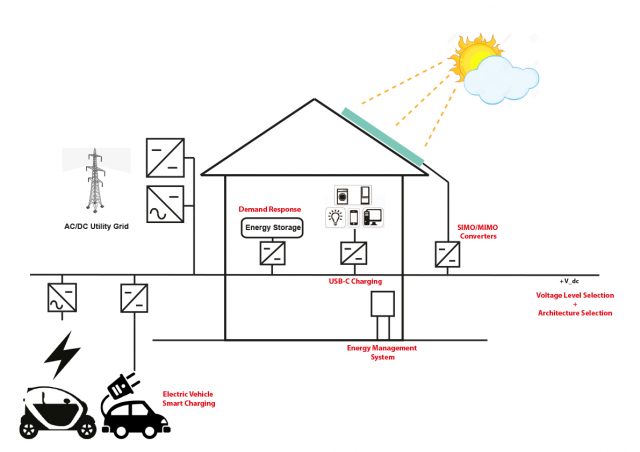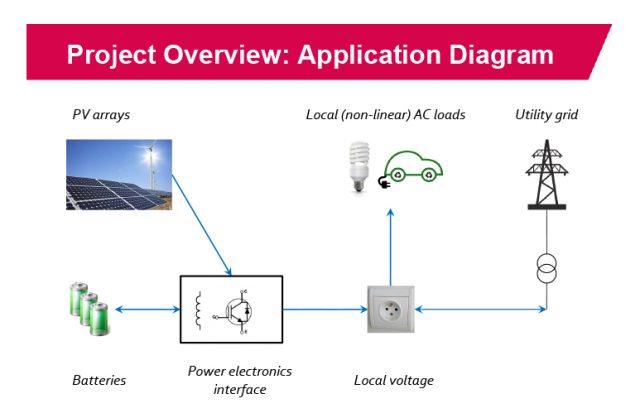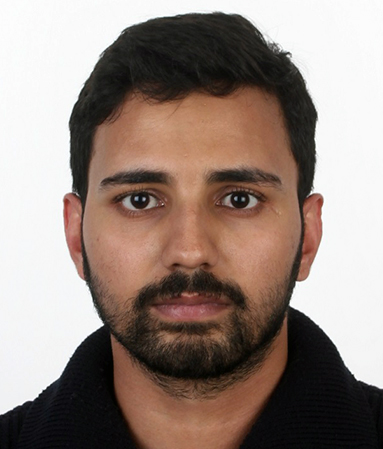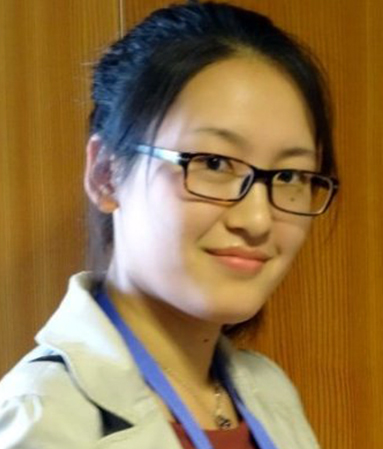Project A
Smart Energy System (SES) applications can provide higher flexibility by allowing the injection of locally generated electrical energy and by including local energy storage, leading to a more-efficient use of resources. The main goal of this project is to increase the efficiency of the electrical infrastructure in houses and buildings through an intelligent and more flexible participation of decentralized generation, storage and controllable loads, as well as through the optimization of the power conversion steps (AC to DC, DC to AC, etc.). Additionally, it aims at optimizing the cost/power efficiency/user-convenience balance of the interfaces between this infrastructure and information-centric end applications, such as laptops, monitors, phones, wearables, etc.
The higher participation of decentralized generation and storage devices working on DC power, like photovoltaic cells, fuel cells, batteries, electric vehicles, etc. brings new opportunities for the built environment. Connecting DC sources and storage via DC networks brings lower investment costs and higher efficiency. This can be attained, for example by savings in copper: the same cable can carry from 50% to 100% more DC power than AC power. In terms of efficiency, a higher efficiency of energy transfer can be achieved by removing one conversion step. Moreover, a DC-DC conversion has higher efficiency than an AC-DC conversion by 2-3 % and is less costly.
Team members
Project documents
2018 Presentations
- Poster: New energy conversion, storage and distribution technologies for smart buildings – Innovative power electronic interface to end-user applications
- Pitch: Grid-connected inverter integrated with local voltage support
- Poster: Design, Topology and Optimization of DC Grids in Future Smart Homes
- Pitch: DC distribution in Future Smart Homes – Opportunities and Challenges
Publications
- Paper: Analysis and Comparison of Multi-Coil Inductive
- Paper: Design Optimisation of High Performance Fractional-slot
- Paper: Multi-Objective Optimisation of a 1-kW Wireless
- Paper: An Observer-based MPC Approach by Sensing Primary Signals in Transformer-isolated Converters
- Paper: Sliding Mode Capacitor Voltage Control in Extended Commutation Cell based Inverter
- Paper: Four-Degree-of-Freedom Control for Dual Active Flexbattery H-Bridge Converter





